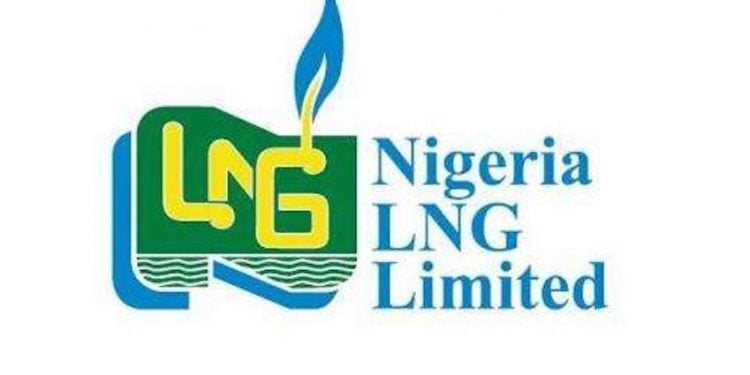Oil major, Shell is hoping to execute more Liquified Natural Gas (LNG) output in Nigeria as the LNG is becoming the Company’s biggest contribution to the energy industry over the next decade in terms of value and as it seeks to cut emissions from fossil fuel production.
The chief executive officer (CEO ) of the Company Wael Sawan said, on Monday, that he has increased Shell’s focus on natural gas to improve the company’s financial performance against its peers in Europe and the U.S. since taking over as CEO in January 2023, pivoting away from renewables by pulling out of a number of wind, solar and other low-carbon ventures.
We are absolutely committed to this sector, Sawan said at an Economic Club of New York event, noting that the company has a number of LNG projects planned in Abu Dhabi, Nigeria and elsewhere.
Sawan said he believes LNG is one of the most effective fuels to lower global emissions as it can replace coal in places like India, China and other Asian countries.
He expects demand for the superchilled fuel to grow 60 per cent between now and 2040, with LNG making up about 20 per cent of global natural gas sales by then, up from around 13 per cent.
Sawan, who last week visited Vancouver to celebrate the company’s LNG Canada facility, said the company is still weighing a few factors before making a final investment decision on a second phase of the project.
Canadian Prime Minister Mark Carney included the expansion on a list of five major nation-building projects that he wanted to see expedited.
The plant is the first major LNG export facility in Canada and the first on the west coast of North America.
“I don’t think I’ve ever seen the stars as well aligned as I see now in Canada,” Sawan said, noting strong government support at both the provincial and national levels. “Everyone is really keen on that project materialising.”
Still, a decision will depend on Shell’s analysis of market conditions, especially as a massive wave of LNG capacity additions in the U.S. and elsewhere is expected to hit the market over the coming years.
“The number of final investment decisions being taken surprises me, if I’m honest, because it’s at the higher end of the cost curve,” he said. “So it’s not economically fully rational.”
“Therefore, we need to be able to then judge when is the right time to bring more capacity,” he added.






